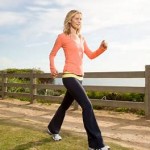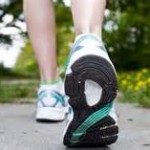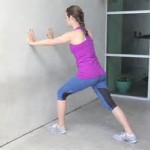When in doubt, walk it out!
No time? No equipment for a workout? Walk! Walking for fitness doesn’t require expensive equipment, proper clothing, a specific location or a baseline of fitness. Simply grab your keys, phone and go. Instead of focusing on a target pace, set a goal to walk at a sustained pace, of your choosing, for a specific time. Begin with 5 minutes and build from there. Unsure of walking outdoors? Walking may be done indoors for safety and comfort via the grocery store, mall, hallway or even around your living room. Indoor walking provides restrooms and chairs as soon as they’re needed. And the benefits are the same! You’re strengthening your heart, lungs, muscles, balance and agility. Go fast, go slow, go long, go slow, go outdoors, go indoors… JUST GO!
 Subscribe
Subscribe







